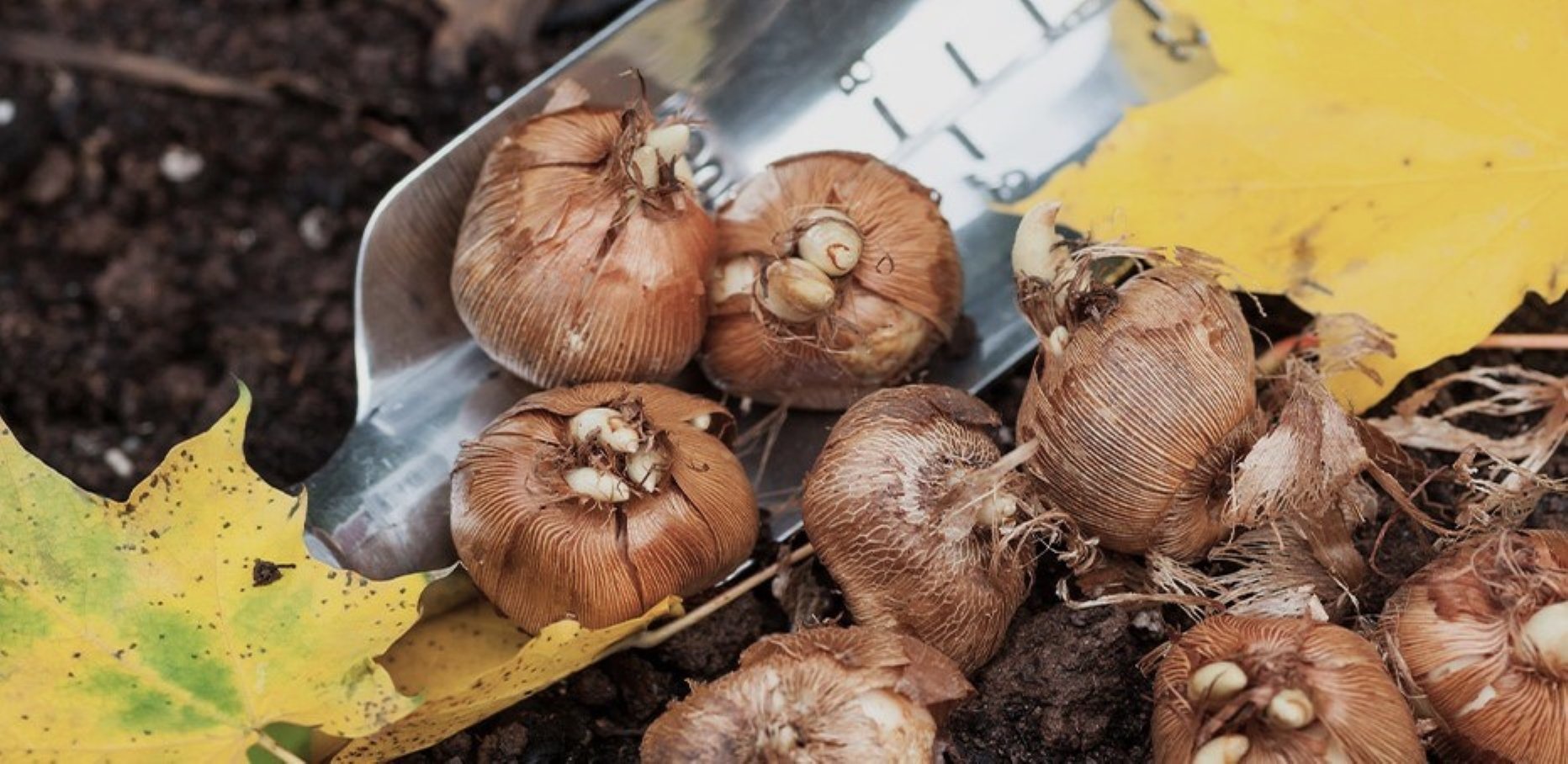Planting Spring Bulbs in The Fall
As the summer breeze starts to fade and the leaves change their colors, it's a clear sign that fall is upon us. While many gardeners bid farewell to the growing season, there is still one important task to embark upon - planting spring bulbs. By investing a little time and effort in the fall, you can ensure a vibrant and colorful garden that will awaken with splendor as winter gives way to spring. In this blog post, we'll explore the benefits and techniques of planting spring bulbs in the fall, setting the stage for a stunning floral display that will lift your spirits when the world reawakens.
1. The Advantages of Fall Planting:
Fall planting of spring bulbs offers numerous advantages that contribute to the overall success of your garden. Let's take a closer look at some of the key benefits:
Cold Stratification: Many spring bulbs, such as tulips, daffodils, crocuses, and hyacinths, require a period of cold dormancy to initiate growth and bloom. Planting them in the fall allows for natural cold stratification, which stimulates the development of strong roots and healthy plants.
Optimal Soil Conditions: The cool temperatures of autumn, coupled with moist soil from regular rainfall, create ideal conditions for bulb establishment. The soil is still warm enough for roots to develop before winter, while moisture levels are ample for growth.
Time-Saving: Planting bulbs in the fall saves time and effort in the busy spring season when gardeners are typically overwhelmed with other tasks. By planning ahead and preparing the garden beds in advance, you'll have more time to focus on other spring gardening activities.
2. Choosing the Right Bulbs:
Selecting the right bulbs is crucial for a successful spring display. Consider the following factors when choosing bulbs for fall planting:
Hardiness: Ensure that the bulbs you choose are suitable for your climate zone. Check the hardiness rating and select varieties that can withstand the winter temperatures in your area.
Size and Shape: Different bulbs produce varying heights, shapes, and colors of flowers. Consider the overall aesthetic you desire and choose bulbs accordingly. Experiment with combinations of tulips, daffodils, crocuses, and other bulbs to create striking visual effects.
Quality: Always purchase high-quality bulbs from reputable nurseries or garden centers. Look for bulbs that are firm, free of blemishes, and without signs of disease or damage.
3. Planting Techniques:
To ensure your spring bulbs flourish, follow these planting techniques:
Soil Preparation: Prepare the planting area by removing weeds, loosening the soil, and incorporating organic matter such as compost. Bulbs thrive in well-draining soil, so ensure adequate drainage by adding sand or grit if needed.
Planting Depth: As a general rule of thumb, plant bulbs at a depth approximately three times their diameter. Larger bulbs should be planted deeper than smaller ones. Consult the packaging or bulb supplier for specific planting depth recommendations.
Spacing and Arrangement: Plant bulbs in clusters or drifts rather than single rows to create a natural and visually appealing display. Leave enough space between bulbs to accommodate their growth and ensure good air circulation.
Watering and Mulching: After planting, water the bulbs thoroughly to settle the soil and encourage root growth. Apply a layer of mulch, such as straw or shredded leaves, to help insulate the bulbs during winter and maintain soil moisture.
4. Post-Planting Care:
While spring bulbs are hardy and low-maintenance, a few additional care steps will enhance their chances of success:
Watering: Throughout the fall, water the planted bulbs regularly until the ground freezes. This will help establish root systems before winter arrives.
Protection from Pests: Bulbs can be tempting treats for hungry rodents and pests. Consider placing wire mesh or using natural deterrents to safeguard your bulbs from potential damage.
Spring Maintenance: As winter subsides and spring approaches, remove any mulch or protective covering from the bulbs. Continue regular watering and monitor the growth of your bulbs, ensuring they receive adequate sunlight and nutrients.
Planting spring bulbs in the fall is a rewarding investment in the future beauty of your garden. By taking advantage of the optimal conditions and allowing for natural cold stratification, you'll be rewarded with a breathtaking floral display that will lift your spirits after the long winter months. So, grab your gardening gloves, prepare your soil, and get ready to embrace the joyous arrival of spring with a tapestry of vibrant colors and delicate fragrances. Your efforts in the fall will blossom into a captivating spectacle that will inspire and delight both you and your visitors.

